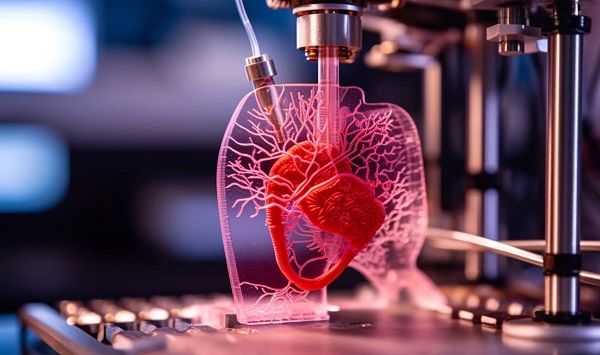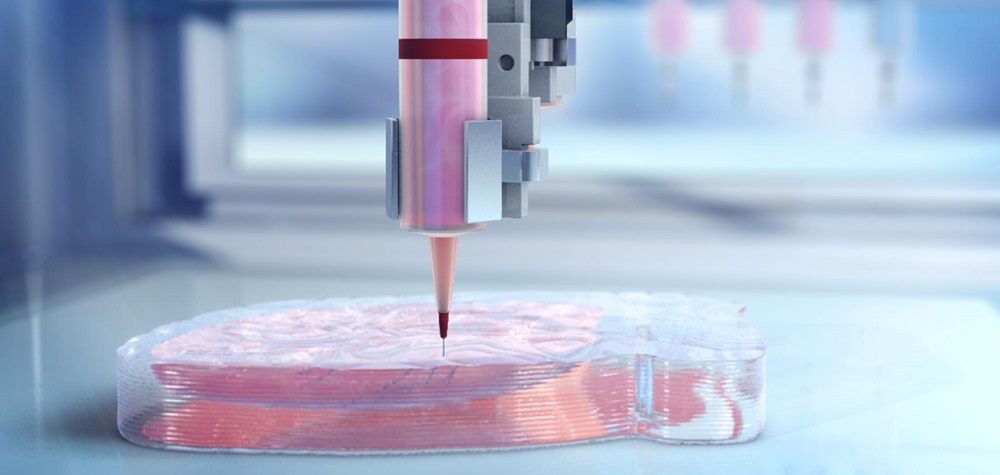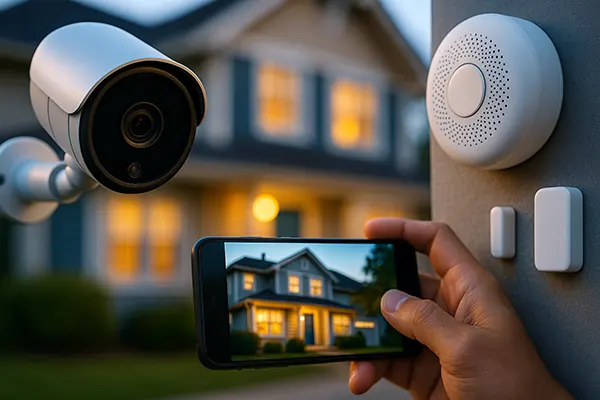
How a Bioprinter Can Save Lives
The advent of 3D bioprinting, a remarkable technological breakthrough, is reshaping the landscape of medical science and organ transplantation. By leveraging the principles of 3D printing, bioprinting aims to address the critical shortage of donor organs and revolutionize personalized medicine. This article explores how bioprinting works, its potential to save lives, the challenges it faces, and its implications for individual use in everyday life.
3D bioprinting holds the promise of saving countless lives by producing organs and tissues on demand. This technology could potentially end the reliance on organ donors, significantly reduce transplant waiting lists, and minimize the risk of organ rejection, as organs can be created using a patient’s own cells. This personalized approach not only promises better recovery outcomes but also represents a significant step towards more ethical and sustainable medical practices.
How Does a 3D Printer (Bioprinter) Work?
A 3D bioprinter functions similarly to a conventional 3D printer but with a critical distinction: it uses “bio-inks” made from living cells instead of traditional materials. The printer deposits these bio-inks layer by layer to create tissue structures as per the digital model. Advanced printers can also print multiple cell types and materials simultaneously, allowing for the creation of complex tissue structures with blood vessels and different cell types.

What Can It Print?
Currently, 3D bioprinters are capable of printing a variety of tissues, including skin, cartilage, and vascular grafts. Research is ongoing to print more complex organs such as kidneys, hearts, and livers. The progress in this area is promising, and it’s not far-fetched to imagine a future where a full range of human organs can be bioprinted.
Main Difficulties in Technology
The path to fully functional bioprinted organs is fraught with challenges. One major hurdle is replicating the complexity of human organs, which involve intricate structures and diverse cell types. Ensuring the viability and functionality of printed organs over time is another significant challenge. Additionally, the technology must navigate regulatory approvals and ethical considerations, which can be lengthy and complex processes.
Using a 3D Printer Individually
While bioprinting remains a specialized field, regular 3D printing has found numerous applications in everyday life. Individuals use 3D printers to create custom household items, educational models, and even prosthetics. Recently, the Spillehallen casino has been using this technology to create its chips. The technology has become more accessible, allowing hobbyists and small businesses to innovate and create on a personal level. This democratization of technology hints at the future potential for more widespread use of bioprinters, possibly even for individualized medical applications at home or in local clinics.
Conclusion
3D bioprinting is a technology at the cusp of revolutionizing healthcare and organ transplantation. Although it faces significant challenges, its potential to save lives and transform medical treatments is unparalleled. As the technology matures and overcomes its current limitations, it could herald a new era in medicine, where organ shortages are a thing of the past, and personalized medical solutions become the norm.
Popular articles
-
 Next-Generation Home Batteries: Hybrid Ene...
Next-Generation Home Batteries: Hybrid Ene...Hybrid home batteries have become a practical foundation for residential energy autonomy …
Learn more -
 How Artificial Intelligence Transforms Hom...
How Artificial Intelligence Transforms Hom...By 2025, artificial intelligence has become a central component of modern home …
Learn more -
 How to transfer a site to another hosting?
How to transfer a site to another hosting?The Internet is a great place to grow your business, which is …
Learn more
